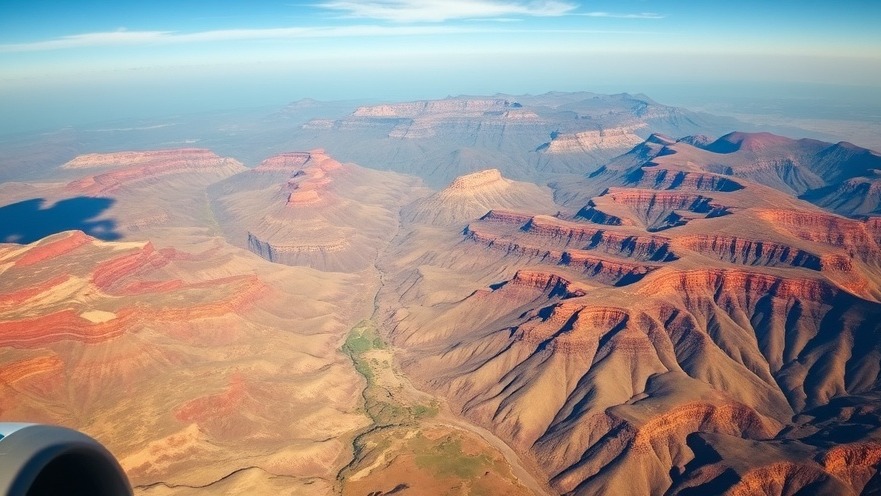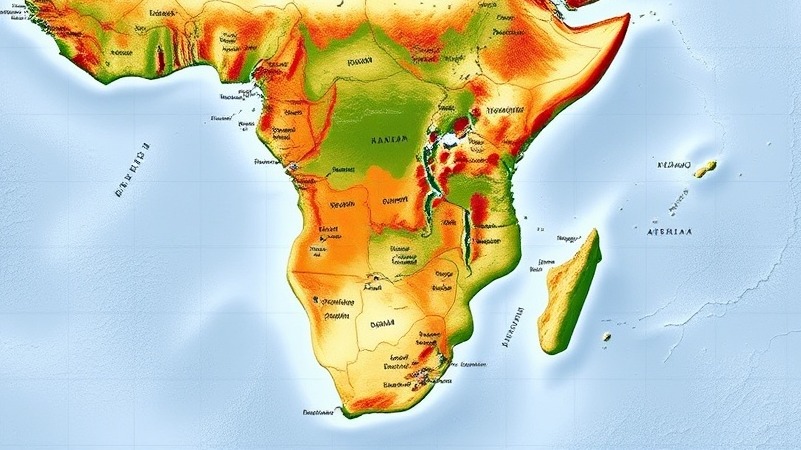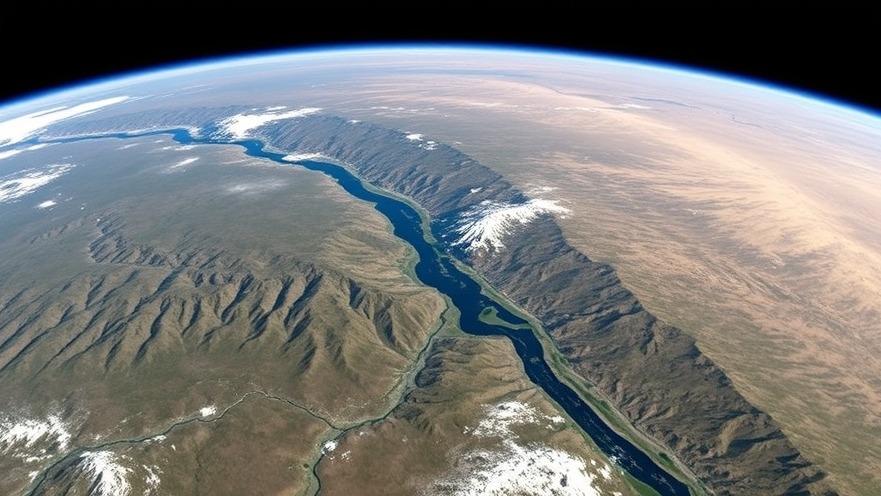The East African Rift System: Earth's Next Ocean in the Making

The Earth's lithosphere is divided into several large and small segments known as tectonic plates. These massive geological puzzle pieces float atop the semi-fluid asthenosphere beneath and are in constant motion, interacting at their boundaries. Their interactions—colliding, pulling apart, or sliding past one another—are responsible for the formation of various geological features such as mountains, earthquakes, and ocean basins. One of the most compelling examples of tectonic activity is currently unfolding in East Africa, where the continent is gradually rifting apart, potentially leading to the creation of a new ocean.
The East African Rift System: A Continent in Transformation

Stretching from the Red Sea down to Mozambique, the East African Rift System (EARS) is a vast network of tectonic boundaries where the African Plate is slowly splitting into the Somali and Nubian plates. This rifting process is characterized by the formation of deep fissures, volcanic activity, and seismic events. Recent observations indicate that the Somali and Nubian plates are diverging at an average rate of approximately 0.8 centimeters per year. While this may seem minuscule, over geological time scales, it signifies profound changes.
In Ethiopia's Afar region, a dramatic manifestation of this rifting is evident. A fissure extending 60 kilometers in length and reaching depths of up to 10 meters has emerged, signaling the initial stages of continental breakup. Such features are harbingers of significant geological transformations that could eventually lead to the birth of a new ocean basin.
The Science Behind the Split
The rifting process begins when hot material from deep within the Earth's mantle rises toward the surface, causing the crust to dome upward and eventually split. This process, known as rifting, is accompanied by:
Extensive volcanic activity, with magma pushing through weaknesses in the crust, forming new volcanic systems and chains of volcanoes along the rift valley
Formation of numerous fault systems, creating the characteristic steep walls of the rift valley and allowing for the development of lakes and sedimentary basins
-
Regular seismic activity, ranging from minor tremors to significant earthquakes, as the crust continues to stretch and break
A Glimpse into Earth's Dynamic Future
The process occurring in East Africa mirrors the tectonic activities that, millions of years ago, led to the formation of the Atlantic Ocean. As the rift continues to widen, it's anticipated that, within the next few million years, the Red Sea and the Gulf of Aden will flood into the expanding rift valley. This inundation will effectively sever the Horn of Africa from the rest of the continent, giving rise to a new ocean. Consequently, countries situated along the rift, such as Ethiopia, Kenya, and Tanzania, will find their landscapes profoundly altered, with regions potentially transforming into coastal areas.
Implications for Africa's Future
The eventual formation of a new ocean in East Africa carries significant implications across multiple domains:
Geographical Transformation
The African continent will be divided, resulting in the creation of a new landmass comprising parts of modern-day Somalia, Ethiopia, Kenya, and Tanzania. This separation will fundamentally alter the continent's geography and create new opportunities and challenges for the affected regions.
Economic Opportunities
Landlocked nations like Uganda and Rwanda could gain direct access to maritime trade routes, potentially boosting their economies. The creation of new coastlines could lead to the development of new ports and trading hubs, potentially reshaping regional economic dynamics.
Ecological Changes
The emergence of a new ocean will lead to the development of unique marine ecosystems, altering local biodiversity and potentially offering new resources. The transformation will create new habitats and migration corridors for various species, while potentially threatening existing terrestrial ecosystems.
Seismic and Volcanic Activity
The rifting process is accompanied by increased seismic events and volcanic activity, which could pose challenges to infrastructure and necessitate disaster preparedness. Communities in the affected regions will need to adapt to these geological hazards and develop appropriate mitigation strategies.
Monitoring and Research
Scientists continue to monitor the East African Rift System using various technologies:
-
Satellite geodesy to measure precise movements of the Earth's crust
Seismic monitoring networks to track earthquake activity and understand subsurface processes
-
Geological surveys to map new features and track changes in the landscape
Conclusion
While these transformations will occur over extended geological periods, understanding the processes at play is crucial for future planning and adaptation. The East African Rift serves as a vivid reminder of Earth's dynamic nature and the ever-changing tapestry of its surface. As we continue to study and monitor this remarkable geological process, we gain valuable insights into the forces that shape our planet and the potential future of the African continent.

 Add Row
Add Row  Add
Add 



 Add Row
Add Row  Add
Add 

Write A Comment